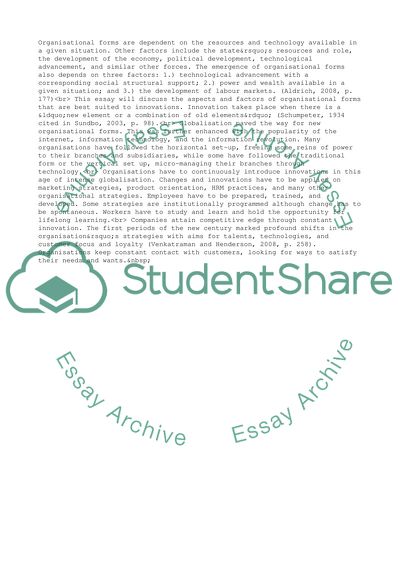Cite this document
(Organisational Forms Best Suited to Develop Innovations Essay, n.d.)
Organisational Forms Best Suited to Develop Innovations Essay. Retrieved from https://studentshare.org/management/1589948-what-organisational-forms-are-best-suited-to-develop-innovation-use-relevant-theoretical-approaches-and-illustrative-exemples-in-your-answers
Organisational Forms Best Suited to Develop Innovations Essay. Retrieved from https://studentshare.org/management/1589948-what-organisational-forms-are-best-suited-to-develop-innovation-use-relevant-theoretical-approaches-and-illustrative-exemples-in-your-answers
(Organisational Forms Best Suited to Develop Innovations Essay)
Organisational Forms Best Suited to Develop Innovations Essay. https://studentshare.org/management/1589948-what-organisational-forms-are-best-suited-to-develop-innovation-use-relevant-theoretical-approaches-and-illustrative-exemples-in-your-answers.
Organisational Forms Best Suited to Develop Innovations Essay. https://studentshare.org/management/1589948-what-organisational-forms-are-best-suited-to-develop-innovation-use-relevant-theoretical-approaches-and-illustrative-exemples-in-your-answers.
“Organisational Forms Best Suited to Develop Innovations Essay”, n.d. https://studentshare.org/management/1589948-what-organisational-forms-are-best-suited-to-develop-innovation-use-relevant-theoretical-approaches-and-illustrative-exemples-in-your-answers.


